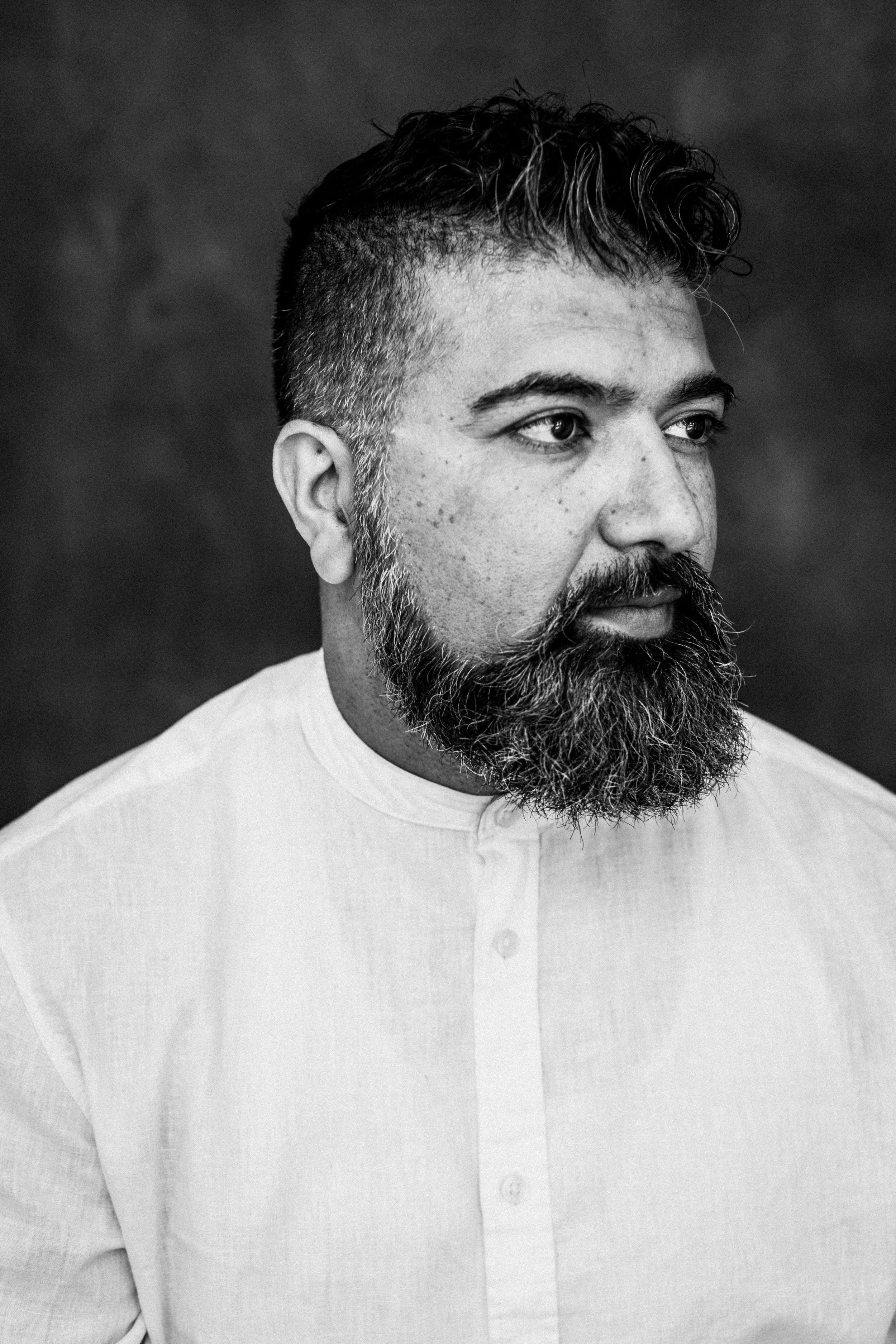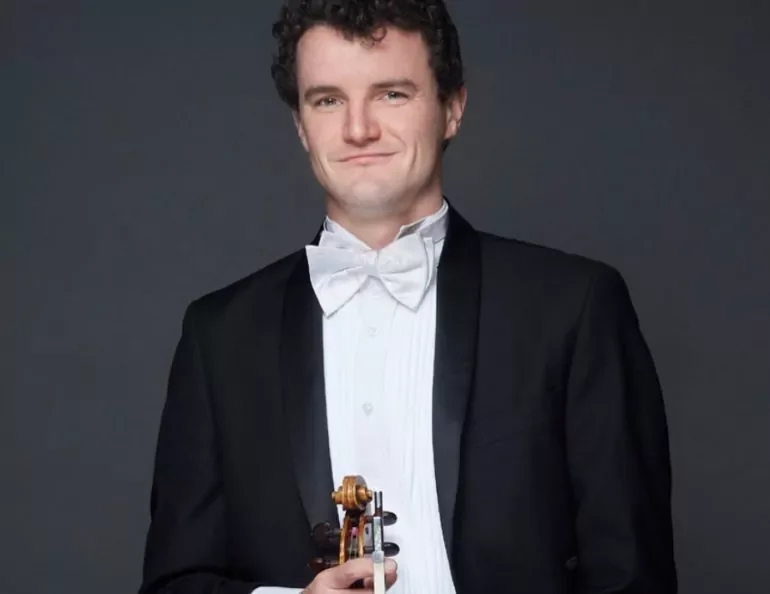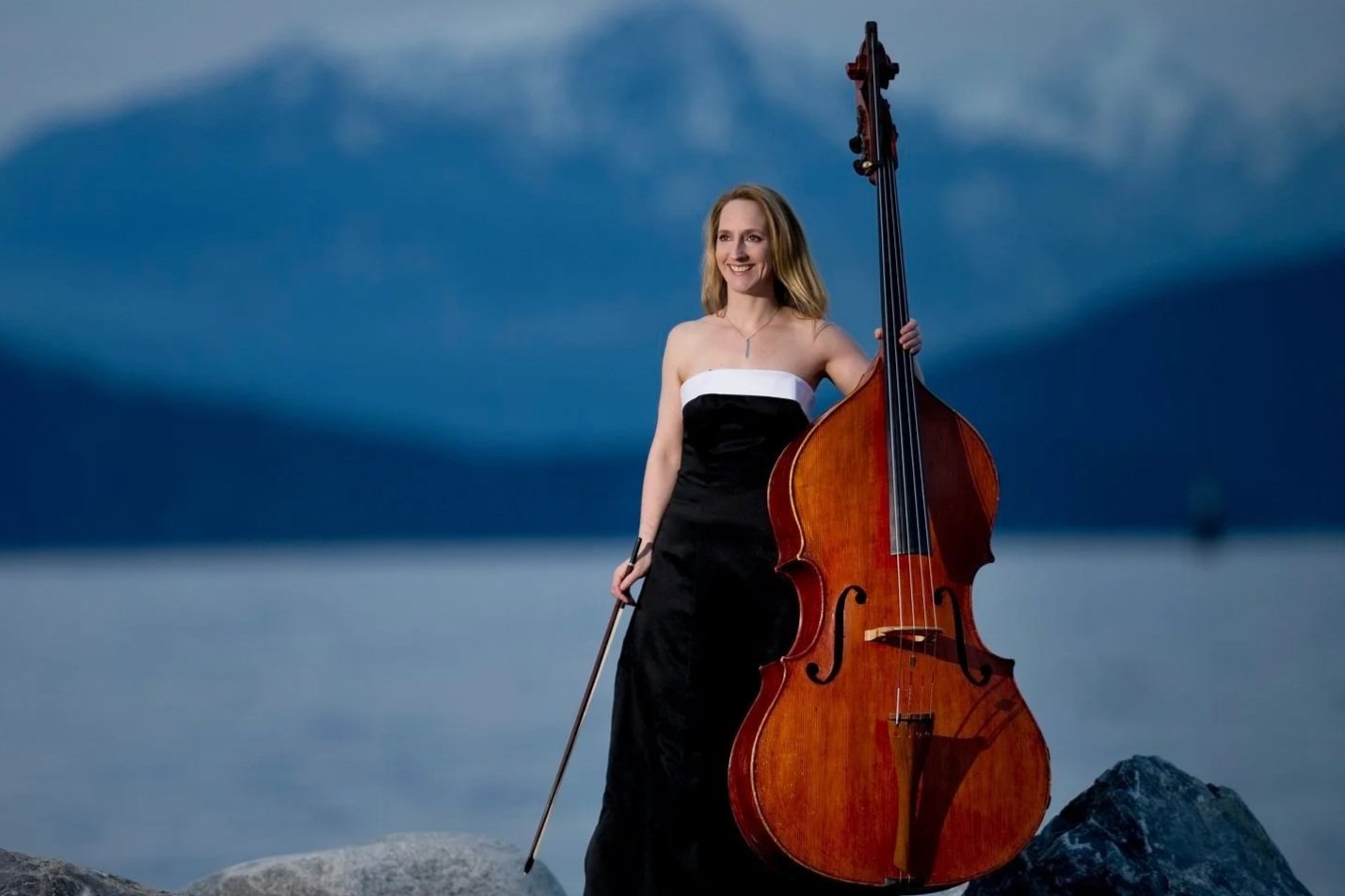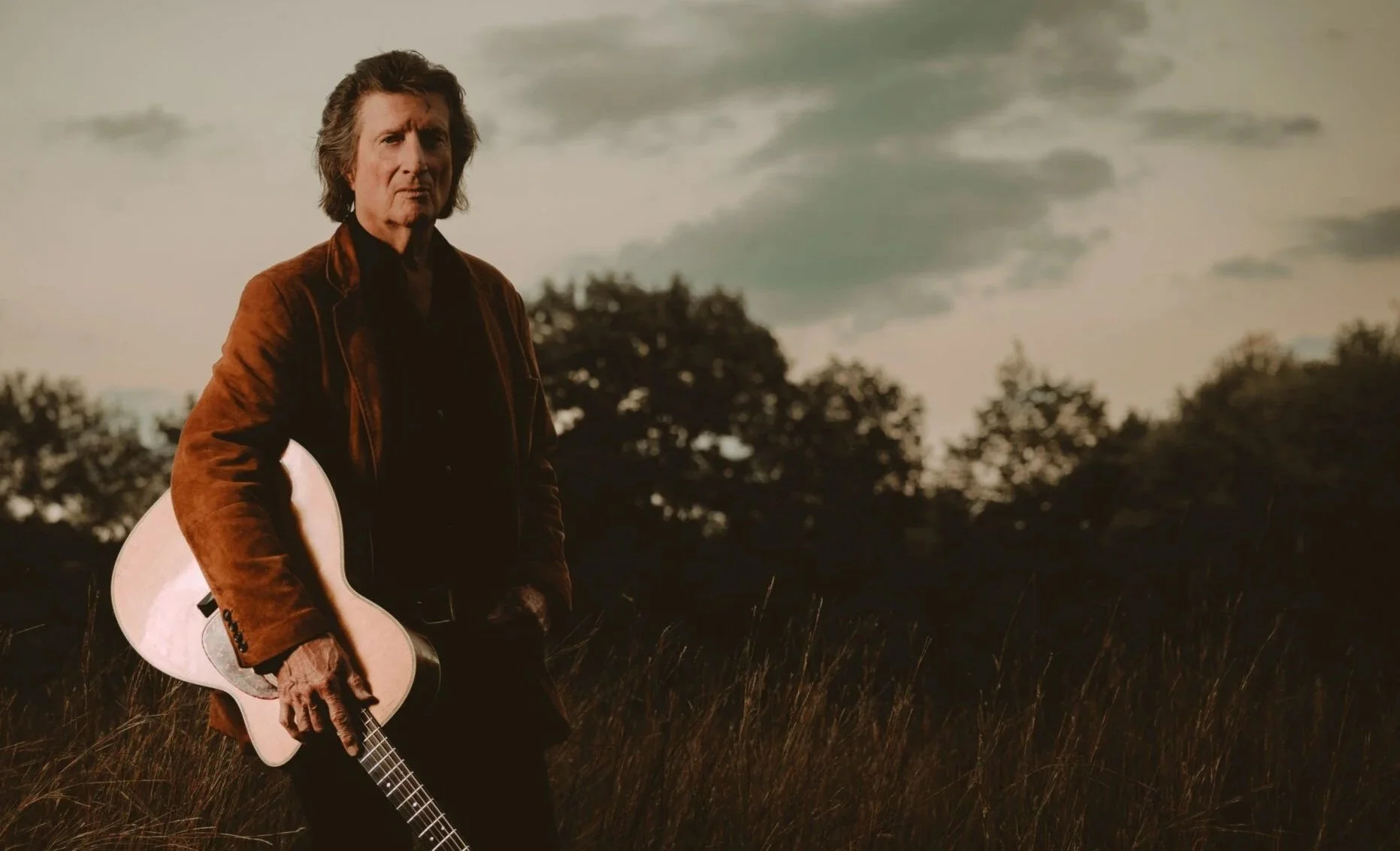Ruby Singh grows a Polyphonic Garden of “biosonification” at Spring Equinox Summit
At Lobe Studio mini-festival devoted to environmental sound, improvisation, and poetry, artist unveils plant-generated music
Meredith Bates. Photo by Mel Yap
Ruby Singh. Photo by Kristine Cofsky
Spring Equinox Summit takes place at Lobe Spatial Sound Studio (713 East Hastings Street) on March 23, 25, and 26
TUCKED BEHIND the island’s busy post office and across the street from a mini mall offering everything from fresh baking to artisanal jewellery, the Gabriola Arts & Heritage Centre is a small oasis in what passes for this Gulf Island’s downtown core. Outside, a boat-like sculpture by U.K.-born artist Deborah Dallyn hangs suspended over a tranquil pool which reflects the surrounding glade of second-growth Douglas fir, balsam, and arbutus. Inside the repurposed one-room schoolhouse, built in 1928, is a bright and airy gallery space used almost daily by island creators.
Tonight, though, that space is filled with chairs, and those chairs are filled with people, all drawn to this nearly century-old structure to hear some very, very new music. Gabriola’s innovative Lulu Performing Arts Society is hosting interdisciplinary artist Ruby Singh, and he in turn is offering the standing-room-only crowd a generous tour through his many modes of expression. There’s beatboxing and an electric tanpura, a North Indian drone instrument that Singh plays like a Hawaiian guitar. There are wires and knobs sprouting from a bank of synthesizers, lights blinking in synch to an electronic beat. There are psychedelically mutated video projections and a giant fujara, a Slovakian shepherd’s flute that sounds like the mother of all didgeridoos.
And, on the table where Singh has set up his electronics, there’s a small sprig of arbutus leaves, plucked with care from the forest outside. There are more wires, too, attached to the leaves and leading into one of Singh’s mystery boxes.
What’s going on here?
Well, those leaves, though now removed from their natural context, are still alive. Like all living things, they generate an electrical current, and the wires allow Singh to monitor that electrical activity and convert it into sound. He calls it “biosonification”, and he’s one of a growing number of artists looking to collaborate, as it were, with entities beyond the realm of the human.
Broadly put, biosonification is a way of deriving MIDI data from plants or fungi and then using that information to control one or more musical parameters, such as pitch, timbre, or volume. A popular misconception is that the plants are “playing” music; they’re not. They’re just doing what plants do, while the person manipulating the dials turns their activity into a form that can be apprehended by the human nervous system. Nonetheless, Singh contends, this offers a useful window into processes that usually go unacknowledged by the primate brain.
“I like to try to think from a raven’s perspective, or a cedar’s perspective,” the Vancouver-based Singh says, adding that at the present moment of environmental crisis, there’s a pressing need to get away from humanity’s predominantly extractive mindset.
“That’s what art generally does,” he adds. “It enriches our relationships with ourselves, with each other, and with the more-than-human world.”
Singh has recently branched out from his fascination with biosonification. While his early experiments in the field could be compared to how 17th-century scientists used their latest invention, the microscope, to examine the very small, he’s now looking at making audiovisual analogues for entire biomes. With Polyphonic Garden, which he excerpted on Gabriola, he’s diving deep into a handful of British Columbia’s floral and faunal zones and reporting back with spoken word and soundscape recordings along with biosonifications, electronic sound, and video projections. Whether taking a snake’s-eye view of the grasslands of the interior or communing with the giant cedars of Fairy Creek, these new works show great sensitivity to our natural world while mourning the ways in which we’re destroying the same.
“Growing up on the West Coast, I’m an avid fan of getting out into the natural world, and always have been,” Singh says. “It’s always given me loads of inspiration, and it’s really interesting to see technology bring about new ways to deepen that relationship.”
New ways to broaden his artistic community, too. This week’s Spring Equinox Summit, which he’s hosting along with Lobe Spatial Sound Studio, is a mini-festival devoted to environmental sound, improvisation, and poetry; between March 23 and 26, he’ll perform in duet with violinist Meredith Bates; read in concert with Cecily Nicholson, Brandon Wint, and Hari Alluri; take part in a panel discussion on acoustic ecologies, ecopoetics, and biosonification led by storyteller Mendel Skulski; offer a family-friendly workshop on spatial composition; and present new recordings from the Polyphonic Garden series in luxurious multichannel sound.
A whole world of cultural connections will be explored here, in what almost amounts to an emerging aesthetic ecosystem. “I’m not necessarily one who thinks of humans as not natural, or who sees ‘man-made’ as not natural,” Singh says with a warm laugh. “We do things that are out of synch with larger natural cycles, for sure. But everything that we create is pulled from the natural world. It might be circuit-bent or digitally manipulated in some form or fashion, but it’s all from natural materials.”














Beloved Mozart work features fantastical characters and a killer Queen of the Night aria